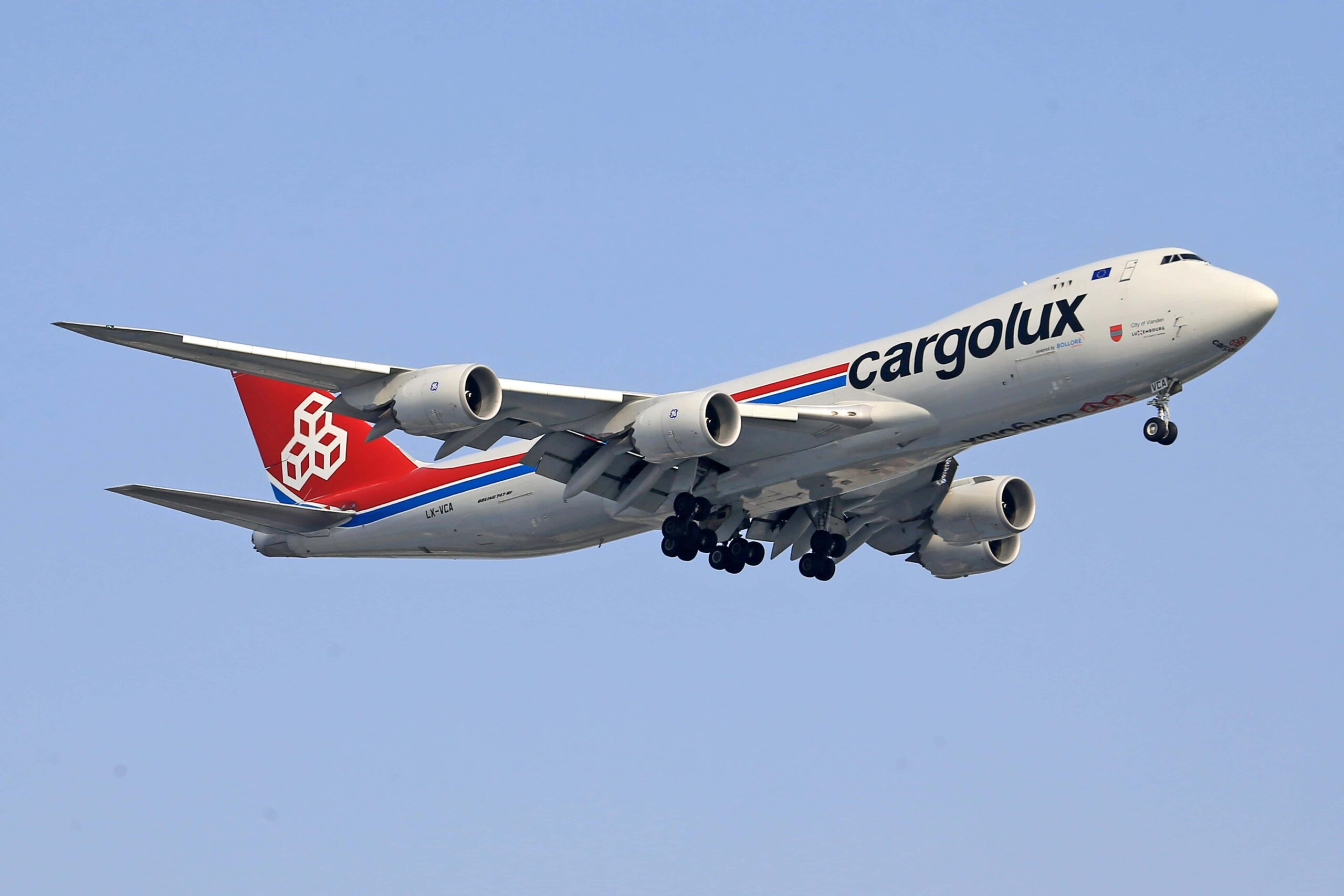Why Transit Time Matters More Than You Think: A Data-Driven Approach
In global logistics, transit time isn’t just a number on a tracking page—it’s the heartbeat of your supply chain. While businesses often focus primarily on shipping costs, the true impact of transit time extends far beyond simple delivery dates. Understanding and optimizing transit times can determine your competitive edge, customer satisfaction levels, and overall operational efficiency.
The Real Cost of Unreliable Transit Times
Inventory Carrying Costs:
Longer transit times mean more capital tied up in transit inventory. For every additional day your goods spend at sea or in the air, you’re essentially financing that inventory without any return.
Example Calculation:
Route: Shanghai → Hamburg (Sea Freight)
Shipment Value: $100,000
Additional 7-day delay
Cost Impact: $191 in additional carrying costs (at 10% annual cost of capital)
Multiplied by 52 shipments annually: $9,932 in lost opportunity cost
Customer Experience Impact:
Modern consumers expect precise delivery windows. A single delayed shipment can damage trust built over multiple successful deliveries.
Transit Time Optimization Strategies
1. Multi-Modal Integration
Combine transport modes to balance speed and cost effectively.
Practical Application:
Route: Shenzhen → Chicago
Standard Solution: Pure ocean freight (35 days)
Optimized Solution: Sea-Air combination via Dubai (18 days)
Cost Impact: 40% cheaper than pure air, 50% faster than pure sea
Best For: Consumer electronics, seasonal products with moderate urgency
2. Strategic Port Selection
Choosing alternative ports can significantly reduce inland transit time.
Practical Application:
Traditional Route: Ningbo → Long Beach → Memphis (28 days total)
Optimized Route: Ningbo → Houston → Memphis (22 days total)
Time Saved: 6 days through reduced inland transportation
Key Factor: Matching port selection to your final destination cluster
3. Consolidation Strategy Optimization
Balance between consolidation benefits and speed requirements.
Practical Application:
Scenario: Multiple suppliers across Guangdong province
Standard Approach: Individual LCL shipments from each factory
Optimized Approach: Regional consolidation + direct FCL shipping
Time Saved: 5-7 days through reduced handling and direct routing
Additional Benefit: 25% cost reduction through volume consolidation
Industry-Specific Transit Time Requirements
E-Commerce:
Acceptable Transit: 7-15 days
Critical Factor: Consistency over absolute speed
Solution: Hybrid overseas warehouse + express line model
Manufacturing:
Acceptable Transit: 20-40 days
Critical Factor: Predictability for production planning
Solution: Fixed weekly departures with buffer inventory
Perishable Goods:
Acceptable Transit: 2-7 days
Critical Factor: Temperature-controlled logistics
Solution: Dedicated air freight with real-time monitoring
Measuring and Improving Transit Time Performance
Key Performance Indicators:
On-time delivery rate
Transit time variability
Port-to-port vs. door-to-door efficiency
Customs clearance duration

Improvement Methodology:
Baseline Analysis: Track actual vs. estimated transit times for 60 days
Bottleneck Identification: Pinpoint consistent delay points
Solution Implementation: Test alternative routes and carriers
Continuous Monitoring: Establish real-time performance tracking
Technology’s Role in Transit Time Management
Real-Time Visibility:
Advanced tracking systems now provide predictive ETAs rather than just current locations. This allows for proactive exception management and customer communication.
Data Analytics:
Historical transit time data enables:
More accurate inventory planning
Better carrier selection
Informed routing decisions
Practical Implementation:
Route: Bangkok → Los Angeles
Technology Used: Predictive analytics platform
Outcome: Reduced transit time variability from ±7 days to ±2 days
Business Impact: 30% reduction in safety stock requirements
The Competitive Advantage of Transit Time Excellence
Companies that master transit time optimization typically achieve:
25-40% reduction in inventory carrying costs
15-25% improvement in customer satisfaction scores
20-35% decrease in stockout situations
Enhanced ability to command premium pricing
In today’s competitive landscape, reliable transit times often matter more than the lowest shipping costs. The predictability of your supply chain can become your strongest competitive advantage.
Need help optimizing your transit times? Our logistics experts specialize in designing time-efficient shipping solutions that balance speed, cost, and reliability. Contact us for a comprehensive transit time analysis and optimization plan.
Related Posts
Global Port Congestion Update 2024: Real-Time Alerts & Alternative Routes
Global Port Congestion Update 2024: Real-Time Alerts & Alternative Routes…
How long does it take to deliver goods from China to various cities in the United States?
How long does it take to deliver goods from China…
Top 10 Factors Affecting Sea Freight Transit Times & How to Manage Them
Top 10 Factors Affecting Sea Freight Transit Times & How…

